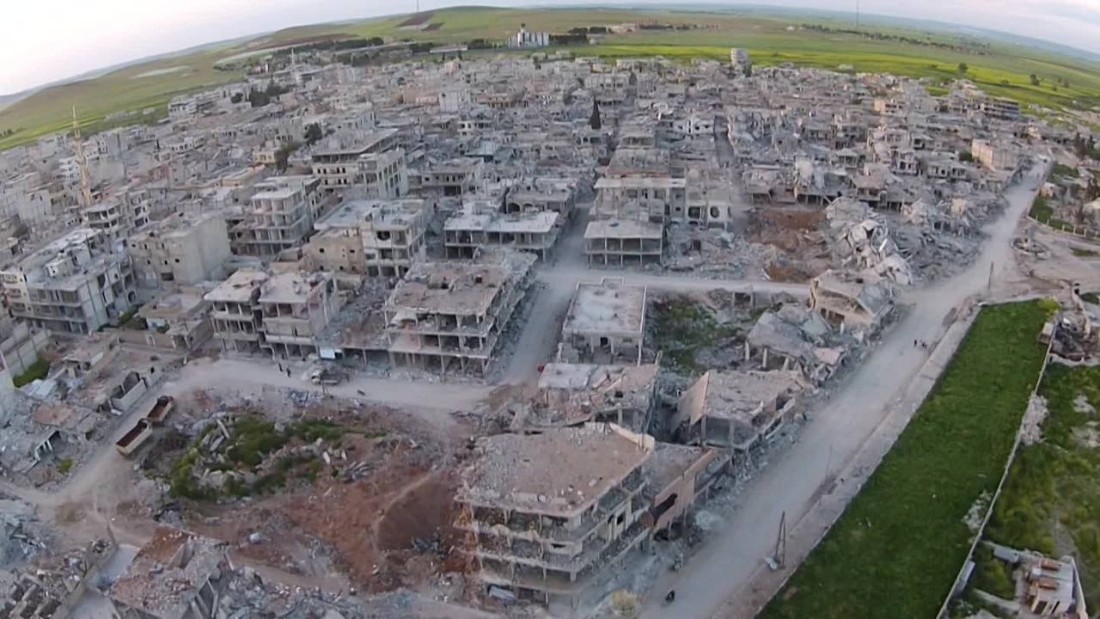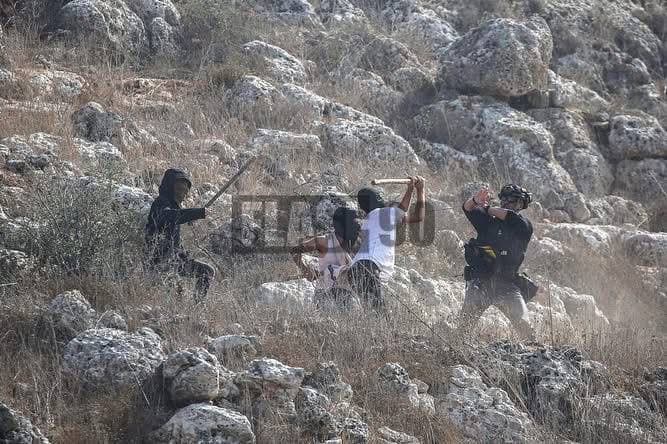Syria"s coastal towns have turned into graveyards following a horrifying wave of violence that left nearly 1,500 Alawites dead. These brutal killings, carried out by Sunni militants, were reportedly executed under orders from the new government, casting a dark shadow over its legitimacy. The atrocities transpired between March 7 and March 9, when entire families were annihilated, homes vandalized, and communities shattered.
Mass Killings Unleashed by Sectarian Hatred
According to a comprehensive investigation by Reuters, the massacre was a direct response to an uprising initiated by former Assad loyalists. The victims were identified as members of the Alawite minority, historically linked to the Assad regime, which has been a target of deep-seated sectarian resentment. Eyewitness accounts reveal that the brutal methods employed included mutilation and public humiliation, as assailants forced Alawite men to crawl and howl like dogs.
Government Complicity in Atrocities
While the new Syrian President Ahmed al-Sharaa condemned the violence, his government’s role in facilitating these massacres cannot be overlooked. Reports indicate that units from the government’s General Security Service were directly involved in the killings, blurring the lines between the new regime and the brutal tactics of the former Assad government. This complicity raises serious questions about accountability and the prospects for peace in a deeply fractured society.

Eastern Libya officials visit Syria to discuss Turkey | AP News
International Silence on Human Rights Violations
Despite the scale of the violence, international response has been tepid, with the U.S. State Department failing to comment on the atrocities. Recently, the Biden administration has initiated a lifting of sanctions against Syria, creating an unsettling environment for those seeking justice for the victims of these sectarian attacks. The lack of repercussions for the armed groups involved, many of which are already under international sanctions for human rights abuses, undermines both accountability and the hope for a stable governance structure.
Survivors Left in Fear and Despair
The aftermath of the violence has left survivors in a state of perpetual fear. Many Alawite families have fled to makeshift camps, including the Hmeimim Air Base, where they live under constant threat of further violence. The ruling faction"s narrative that they are not targeting Alawites starkly contrasts with the lived realities of those in the affected communities. As one survivor poignantly stated, "The bullets were raining down on us. We didn’t know where to go and how to escape." This highlights the urgent need for humanitarian aid and protection for displaced families.

Drone video shows devastation of Syrian town - CNN Video
Consequences for Environmental Justice
The environmental implications of such a humanitarian crisis are severe. As communities are uprooted, agricultural lands are left untended, leading to further economic degradation in a country already ravaged by civil war. The destruction of infrastructure and homes means that the physical landscape is scarred, and the long-term impacts on food security and sustainable development are dire. The potential for a recovery that incorporates environmental sustainability seems increasingly remote in a context where violence and vengeance dominate the narrative.
With hundreds of thousands dead since the beginning of the civil war in 2011, the ongoing targeting of Alawites signifies not just a failure of governance but also the deepening of sectarian divides that will haunt Syria for generations. As the international community grapples with its response, the silence surrounding the violence against Alawites remains a chilling reminder of the costs of inaction.






![[Video] Ukrainian An-124 Cargo Plane Lands in Israel for Unspecified Load](/_next/image?url=%2Fapi%2Fimage%2Fthumbnails%2Fthumbnail-1764420658156-36b0b4-thumbnail.jpg&w=3840&q=75)
![[Video] Ukrainian Sea Baby Drones Disable Two Russian Tankers in Black Sea](/_next/image?url=%2Fapi%2Fimage%2Fthumbnails%2Fthumbnail-1764420086294-elzana-thumbnail.jpg&w=3840&q=75)
